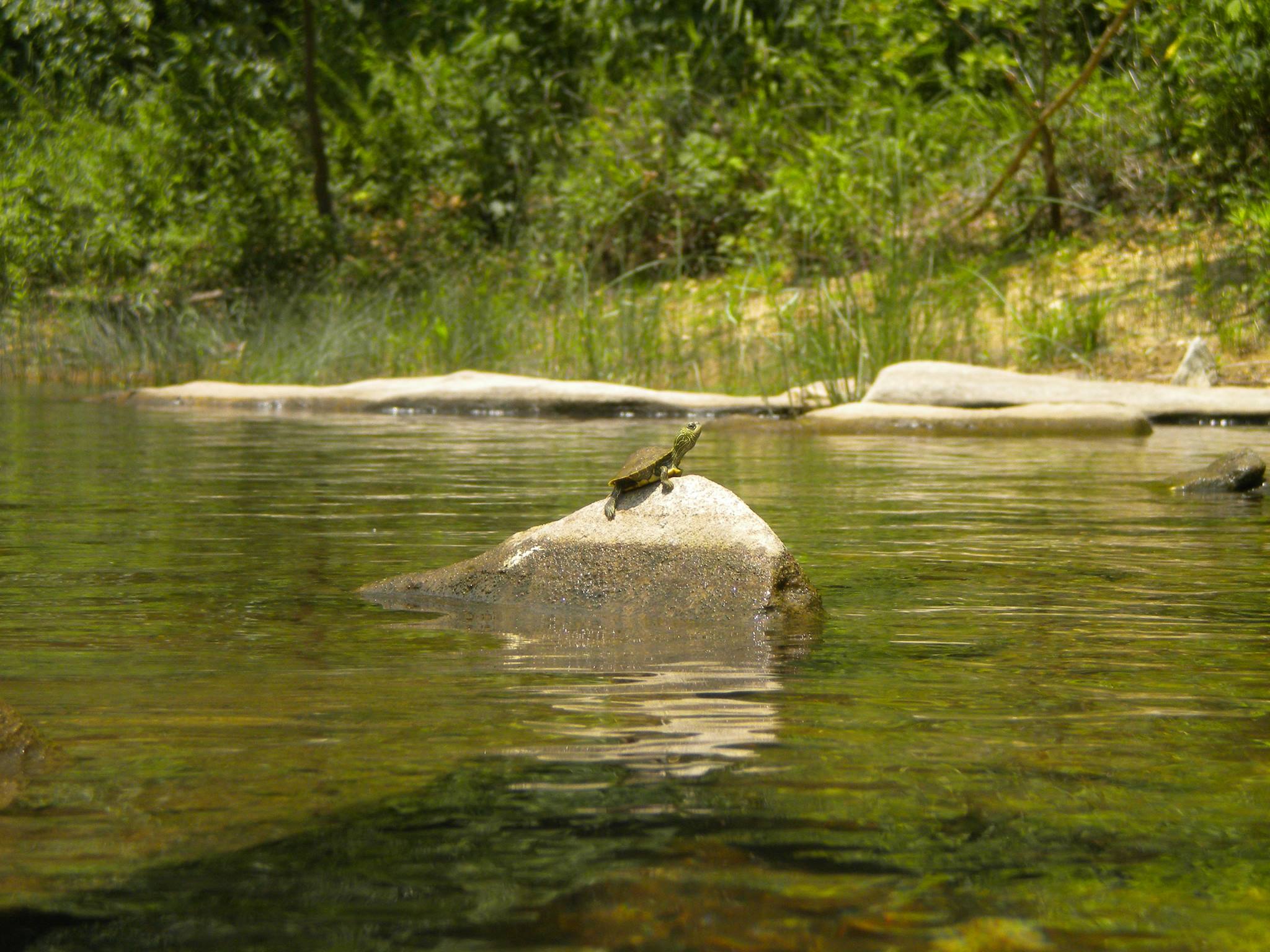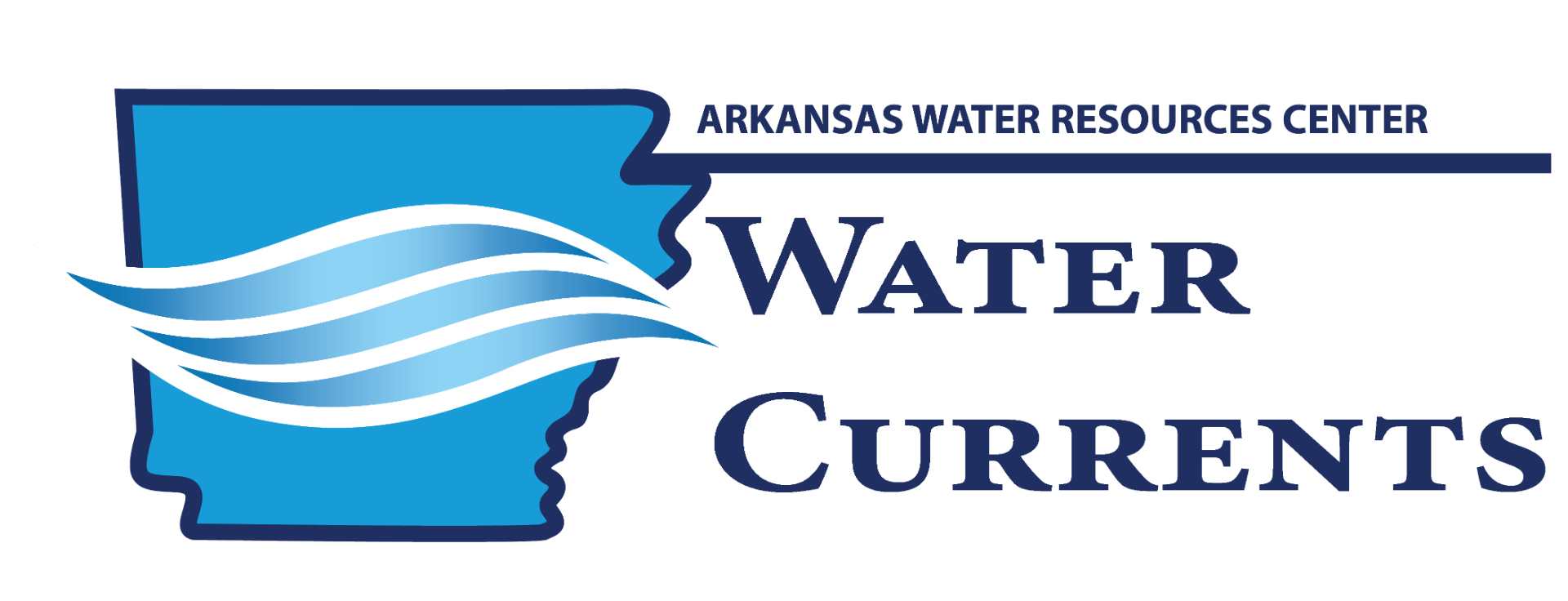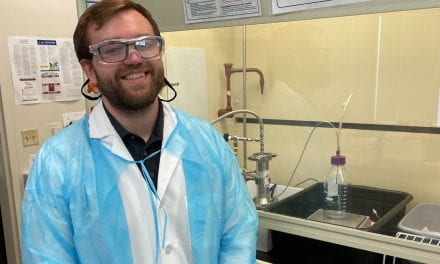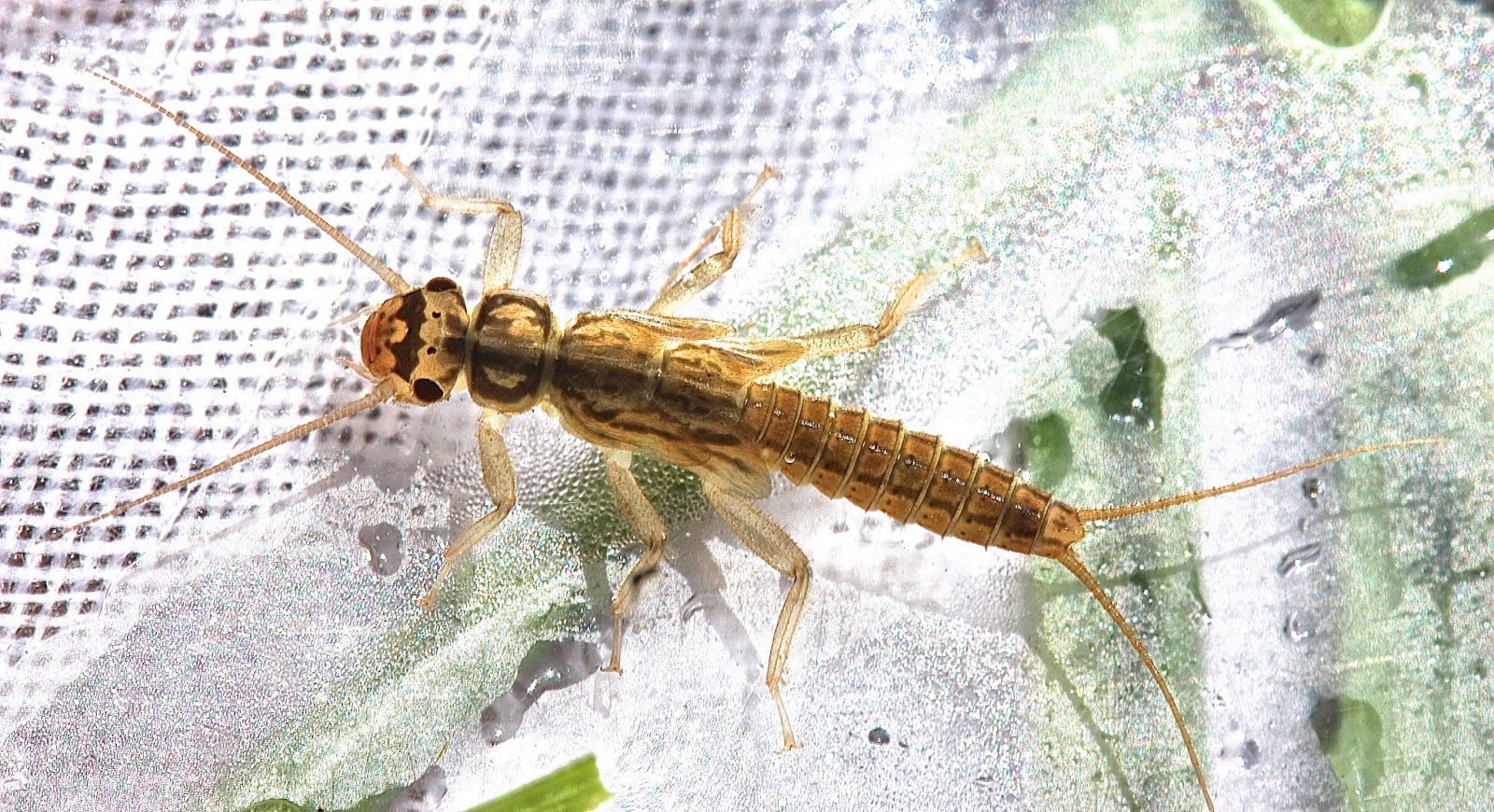
Inaugural Issue of the Arkansas Bulletin of Water Research now Available

There is a lot of research being done in Arkansas that can provide valuable information to water stakeholders throughout the State. The research itself can come with a multitude of challenges, and sometimes what to do with that information can be even more difficult. But, sharing research results with the public is tantamount to the research itself.
The Arkansas Bulletin of Water Research was developed by the Arkansas Water Resources Center to provide an outlet for researchers to communicate project findings that might not be published in national or international journals, yet is extremely important to stakeholders in Arkansas. It’s also an outlet for research that is funded through the AWRC-US Geological Survey 104B grant program so that anyone can see results of AWRC-sponsored research.
Center director, Brian Haggard says this bulletin fills a need for sharing water research information in Arkansas. “We wanted an outlet to show everyone the valuable research we sponsor at the Water Center,” Haggard says. “We also hope that other people will use this bulletin to get research results out to the public quickly and easily, and have it archived on the web.”
Further, the bulletin is designed to allow research to be disseminated in a freely accessible, easily searchable, and aesthetically engaging way. The contents of the bulletin can be used to guide management decisions about water resources in Arkansas and the region.
This first issue includes research reports on important topics across the State, from agricultural water use to biofilms in wastewater treatment plants. The following list describes the articles in this issue of the Arkansas Bulletin of Water Research.
- Benjamin Runkle, assistant professor at the University of Arkansas studied sustainable water use in rice irrigation.
- Kayla Sayre, graduate student, and Michelle Evans-White, associate professor at the University of Arkansas studied how fish that eat algae might influence algal growth and biomass across a phosphorus gradient and looked at differences in the relationship from summer to winter seasons.
- Sally Entrekin, associate professor at the University of Central Arkansas studied how low levels of sodium, chloride, and bicarbonate affected fungi and aquatic insects that rely on leaf litter for food.
- Connie Walden, graduate student, and Wen Zhang, assistant professor at the University of Arkansas studied how microbial biofilms used during wastewater treatment processes interacted with nanoparticles that can be found in consumer products and are considered a possible contaminant of emerging concern.
The submission of a paper to this bulletin is appropriate for researchers, consulting firms, watershed groups, or anyone else conducting water research or investigations.
For anyone interested in publishing their work in the 2018 issue, or for other information about the bulletin, visit the website or contact the editor, Erin Scott, at erins@uark.edu.
Photo courtesy of Alex Baecher.














